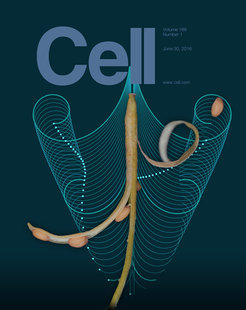Genetic basis of phenotypic evolution
We use comparative approaches in two related plant species – Cardamine hirsuta and Arabidopsis thaliana – to study the genetic basis of plant development and diversity. We focus on explosive seed dispersal. This is a biomechanical trait found in C. hirsuta, but not A. thaliana. We aim to understand how this trait works and how it evolved.
Research Program

Explosive seed dispersal
Exploding seed pods of the common weed Cardamine hirsuta have the remarkable ability to launch their seeds far from the plant. The energy for this explosion comes from tension that builds up in the fruit valves. Structural elements of the valve fail above a critical threshold, causing the valves to rapidly coil in an ultrafast movement, launching seeds at speeds greater than ten meters per second.
Taking a combined biological and modeling approach, we showed that this trait evolved through morphomechanical innovations at different spatial scales. At the organ scale, tension within the fruit wall generates the elastic energy required for explosion. At the tissue scale, this tension is produced by differential contraction of exocarp and endocarp b tissues of the fruit wall. Explosive release of this tension is controlled at the cellular scale by asymmetric lignin deposition within endocarp b cells – a striking pattern that is strictly associated with explosive pod shatter across the Brassicaceae plant family. By bridging these different scales, we revealed an integrated mechanism for explosive seed dispersal that links evolutionary novelty with complex trait innovation.
